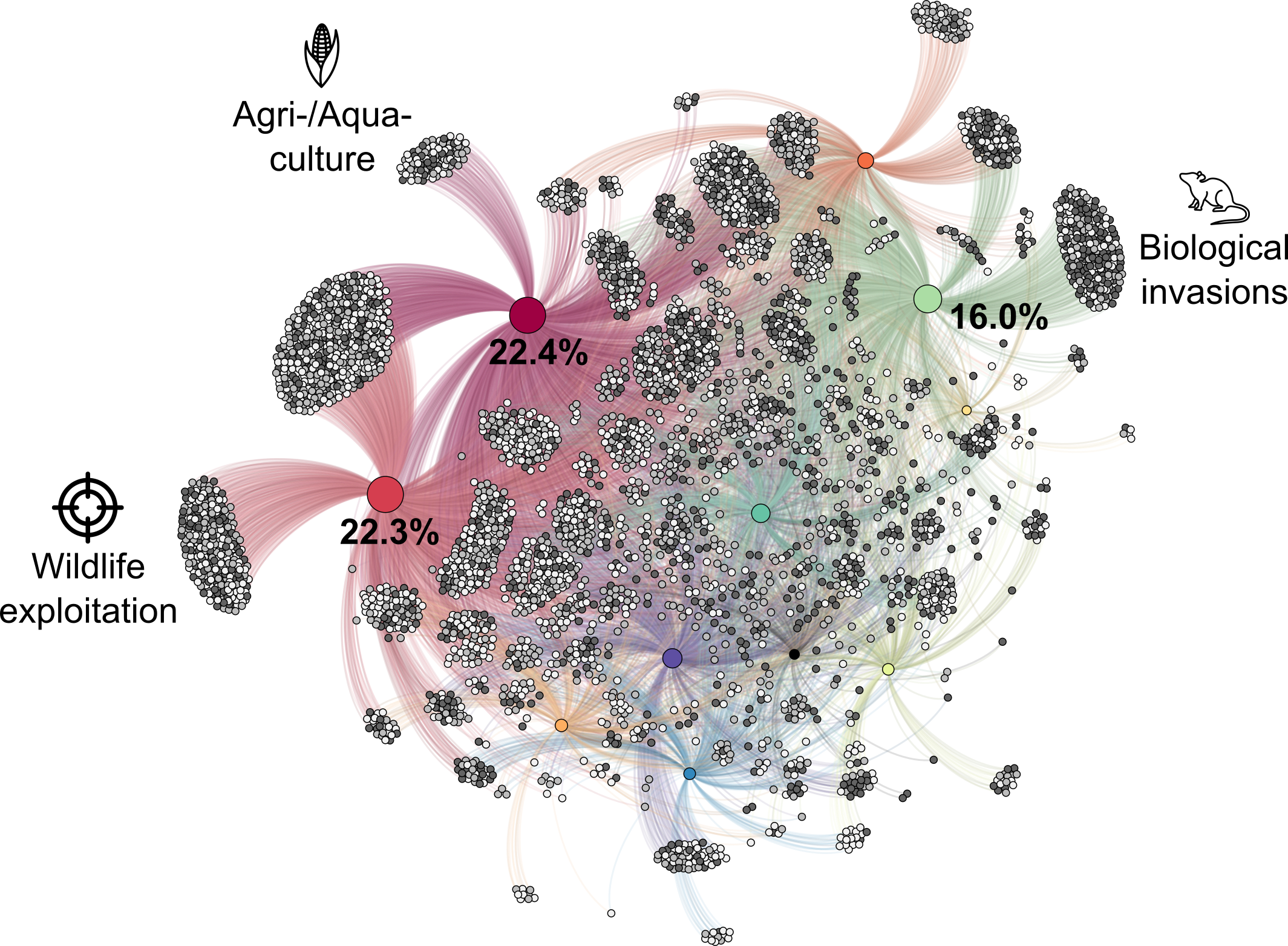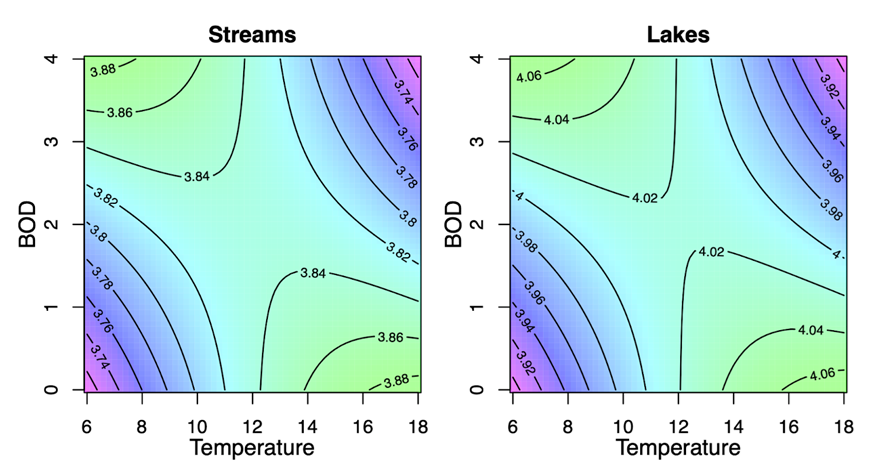RESEARCH INTERESTS
BIODIVERSITY & GLOBAL CHANGE DRIVERS
Exploring Global Change Patterns and Their Implications for Biodiversity

As the current biodiversity crisis intensifies, it is crucial to deepen our understanding of the processes threatening biodiversity in order to devise effective conservation strategies. My research focuses on examining how various threats co-occur and interact with biodiversity, as well as their impacts on its multiple dimensions—taxonomic, functional, and phylogenetic diversity.
Selected publications:
Leclerc et al. (2022). Divers. Distrib., 28 (12): 2754-2764. |
Leclerc et al. (2020). Divers. Distrib., 26 (4): 402-414. |
Leclerc et al. (2018). Sci. Rep., 8:6393. |
Investigating Biodiversity Responses to Global Change

Understanding whether and how environmental conditions can affect biodiversity is crucial for predicting how biodiversity will respond to global change. To tackle this challenge, I explore the impact of both natural and anthropogenic environmental variables on biodiversity, addressing key research questions that examine the relationships between these environmental factors and biodiversity.
Selected publications:
Bonnaffé et al. (2024) Ecol. Lett., 27 (8): e14480. |
Leclerc et al. (2023) Glob. Chang. Biol., 29 (9): 2450-2465. |
Evaluating Biodiversity Vulnerability to Global Change

With anthropogenic environmental changes posing growing threats to biodiversity and ecosystem functions globally, evaluating the vulnerability of species and ecosystems—considering exposure, sensitivity, and adaptive capacity—is essential for crafting effective conservation strategies. To address this challenge, I examine these vulnerability components both collectively and individually, employing approaches that integrate these elements to assess biodiversity vulnerability comprehensively.
Selected publications:
Renault et al. (2022) Glob. Chang. Biol., 28 (20): 5914-5927. |
Marino et al. (2022) Glob. Chang. Biol., 28 (3): 1077-1090. |
Leclerc et al. (2020). Nat. Commun., 11: 4943. |








